From Checkmate to Road Trip: Rodolfo LLobet’s Story
PCF-funded science helps extend a Veteran’s life.

Part One: A Game-Changing Discovery
Early 2024 was a rough time for U.S. Navy Veteran Rodolfo LLobet.
He was only 59, and battle-weary. Diagnosed at age 55 with stage 4 prostate cancer that had turned increasingly nasty as it spread like wildfire, he had already gone through nine treatments and three clinical trials. “I was receiving the very best of care and treatment from two highly regarded, PCF-affiliated institutions,” Rodolfo says. But nothing managed to hold back the cancer. More troubling: he had developed an even more aggressive form of the disease: neuroendocrine prostate cancer.
Rodolfo had moved from one impasse to the next, and now it looked like he had reached checkmate. The cancer was everywhere: in his neck and brain, in his abdomen and in his bones. “He was fatigued and withdrawn,” says his medical oncologist, Maneesh Jain, M.D., of the Edward P. Evans-PCF Precision Oncology Center of Excellence at the Washington DC VA Medical Center and George Washington University. Rodolfo, who had undergone radiation for brain metastasis and then a nearly ten-hour operation to remove a tumor in his brain, had been hospitalized for two weeks to get his symptoms under control.
“Our oncologist came into the room,” recalls Kelly, Rodolfo’s wife, who has steadfastly been with him on every step of this journey and has never given up – even when the news has been grim. “Everybody loves Rodolfo. I could tell that the doctor was really affected by this. His hard work and care had gotten us to this point, and had extended Rodolfo’s life already beyond what we had been told at diagnosis. He said, ‘Our backs are against the wall.’ I think hospice might have been in the discussion coming up.”
Kelly made a phone call. Rodolfo was being treated at two academic medical centers based on insurance coverage from his job as an airline pilot, but on the advice of friends still serving in the military, the LLobets had also gone to check out the care being offered at the DC VA Hospital. “I remember the first time we met Dr. Jain,” says Kelly. “We talked about our children and his children. Rodolfo said in the car on the way home, ‘I like that guy.’ And I thought, ‘We need to keep this relationship, because there’s something very special: he wants to solve problems, and he wants to help people.”
Jain, a physician-scientist and PCF-funded investigator, had shared his hopes about some of his team’s research. Soon, he had said, he might have something new for Rodolfo to try. On the phone that day, Kelly told him that this was it: now was the time to try whatever he had. “Dr. Jain said, ‘How soon can you get down here?’”
New Use for an Old-School Approach
As it turns out, Jain had something remarkable to offer: off-label use of a drug that is approved by the FDA for the treatment of breast cancer and other solid tumors that express HER2 (human epidermal growth factor receptor 2, a protein that can make cancer more aggressive). See Box below for key terms used in this story.
Jain’s belief that this drug could help Rodolfo came about as part of a separate and remarkable journey that began in 2019, when PCF established a Precision Oncology Center of Excellence (CoE; one of 22 so far nationwide) at the DC VA Medical Center and George Washington University. Jain is the co-Principal Investigator of the Edward P. Evans-PCF Precision Oncology CoE.
Jain’s colleague, Ramesh Subrahmanyam, Ph.D., who manages the DC VA’s Hematology Oncology Research Program, explains: “The primary goal of the CoE was to make sure that all of our Veterans with metastatic prostate cancer get next-generation gene sequencing and based on the results, whether they would be eligible for targeted therapy” if certain mutated genes are found. “That is now standard of care for all of the VA.”
As part of the CoE, in another PCF-funded research project Jain and Subrahmanyam were looking for biomarkers of interest in prostate cancer tissue samples using a less sophisticated, relatively old-school approach – immunohistochemistry, a staining technique that uses dye-equipped antibodies to find specific antigens (molecules that trigger an immune response). “Immunohistochemistry is an assay that shows us what markers are expressed on the cell surface,” says Subrahmanyam. “It is not routinely done in prostate cancer to identify therapeutic interventions.”
Among other biomarkers, the team looked at the expression of HER2. Scientists have known since the 1990s that prostate cancer produces a low level of HER2. This discovery initially seemed promising, but trials of HER2-directed therapies such as herceptin and lapatinib (effective against other types of cancer) produced disappointing results, Subrahmanyam continues. “None of them worked. It was a total failure, and since then hardly anyone has looked at HER2 in prostate cancer from the perspective of therapeutic approaches.”
Then, at the 2022 meeting of the American Society of Clinical Oncology (ASCO), a scientist presented data involving an antibody-drug conjugate, a new class of drug (see below). In this study, “women with breast cancer who had low levels of HER2 expression had an amazing response to the drug trastuzumab deruxtecan (T-DXd),” says Jain. “The scientist who presented this got a standing ovation. It really changed the game in breast cancer.”
The night of that ASCO talk, Jain sent an email to his research team “saying, ‘Hey, should we re-look at HER2 expression in prostate cancer?’ That’s really where the journey started.”
What’s the difference between T-DXd and previous HER2-targeting drugs?
“T-DXd is not directed toward the HER2 signaling pathway,” explains Subrahmanyam. The previous drugs “block the signals that are coming from the HER2 protein into the cell. This stops the cell from growing and leads the cancer to die. That did not work in prostate cancer.”
Instead, the new approach is based on a simple question: do cells make HER2 or not? If the answer is yes, T-DXd – like a heat-seeking missile – homes in on those specific cells using an antibody that singles out HER2. Then it delivers a deadly payload: a dose of chemotherapy directly to the cell. “Nobody knew whether this would work in prostate cancer,” says Jain. “But we thought it would be a good idea to test it.”
A Different Language in the Prostate
Jain and his team had looked at the prevalence of HER2 expression among the prostate cancer patient population at the DC VA Hospital, with a game-changing twist: they figured out that HER2 basically speaks a different language in the prostate than it does in the breast or anywhere else. Thus, they needed a new way to decode it.
HER2 is typically measured using the scoring system for breast or gastric cancer. “We came up with our own modified system based on HER2 expression in prostate cancer,” says Jain. Traditionally, “scientists and clinicians look at the expression level of surface markers in solid tumors and give immunohistochemistry scores of 1+ (low), 2+, and 3+ (high). T-DXd is approved by the FDA for use in solid tumors that have 3+ expression of HER2.”
But prostate cancer “does not express HER2 at the same level as other cancers; it almost always expresses it at low levels,” notes Subrahmanyam. “You normally don’t find a prostate cancer patient having a 3+” using scoring systems designed for other parts of the body. Thus, the team found a different way to measure what was actually happening in HER2-expressing prostate cancer, Subrahmanyam continues. “We took into account the overall low-level expression of HER2 in prostate cancer, then we modified the scoring system so that we could get the same range – 0, 1+,2+, 3+ – in prostate cancer.”
Under the team’s prostate-specific scoring system, Rodolfo’s cancer turned out to be HER2 3+. “We were in the process of starting a clinical trial, but it was not open yet for enrollment,” Jain says. “So instead of waiting for the trial to open, we decided to give the therapy to Mr. LLobet off-label, with complete approval from our pharmacy and the management in oncology here.”
Jain told Rodolfo and Kelly: “’I’m not sure if this is going to work. We don’t have any published data to show that this drug has been tried in prostate cancer. But we see (from testing tissue samples of Rodolfo’s metastatic tumors) that your HER2 expression is high. I think it’s worth a shot.’ The LLobets agreed, and here we are.”
In February 2024, thanks to support from The Edward P. Evans-PCF Precision Oncology Center of Excellence, Rodolfo became the first known patient to be treated with T-DXd for prostate cancer. His improvement was so astonishing that this would become a landmark case.
| Biomarker: a protein or other product made by cancer that can be measured. Biomarkers help us detect, monitor, and understand cancer more specifically, and also can provide new targets for treatment. |
| Next-generation sequencing is a highly sophisticated method of analyzing large amounts of DNA or RNA fragments. Unlike previous methods, which took years, next-generation sequencing can decipher the entire human genome in a single day. |
| Immunohistochemistry (IHC) uses antibodies to identify abnormal molecules in cancer tissue. Compared to next-generation sequencing, it is an old-school approach — but still, as Dr. Jain’s research has shown, a valuable one. |
| HER2: Human epidermal growth factor receptor 2. This is a protein that can make cancer more aggressive. The good news is that it can also be a target of treatment. |
Editor’s note: Rodolfo’s treatment continued for several months after this interview; he passed away in 2025 due to complications from his cancer. The Prostate Cancer Foundation is deeply grateful to Kelly and Rodolfo LLobet for sharing their story.

